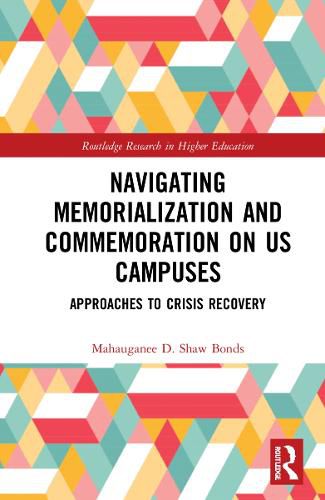Readings Newsletter
Become a Readings Member to make your shopping experience even easier.
Sign in or sign up for free!
You’re not far away from qualifying for FREE standard shipping within Australia
You’ve qualified for FREE standard shipping within Australia
The cart is loading…






Drawing on rich qualitative data, as well as theoretical and conceptual frameworks, this text explores how institutions of higher education in the US can effectively remember incidents of campus crisis through physical memorials and commemoration.
Recognizing memorialization as a process of group and individual recovery, the book foregrounds the performative functions of physical memorials, and highlights their utility for the extended campus community. Profiling existing campus memorials in the US, and offering insights from students, faculty, community members, and the loved ones of those memorialized, the text illustrates how institutional decisions and long-term strategy can serve to effectively navigate the politics of memorialization, helping communities move beyond incidents of collective trauma.
This text will benefit researchers, academics, and educators with an interest in emergency management, student affairs practice and higher education administration, and commemorative literature more broadly. Those specifically interested in heritage studies, public history, and American history will also benefit from this book.
$9.00 standard shipping within Australia
FREE standard shipping within Australia for orders over $100.00
Express & International shipping calculated at checkout
Drawing on rich qualitative data, as well as theoretical and conceptual frameworks, this text explores how institutions of higher education in the US can effectively remember incidents of campus crisis through physical memorials and commemoration.
Recognizing memorialization as a process of group and individual recovery, the book foregrounds the performative functions of physical memorials, and highlights their utility for the extended campus community. Profiling existing campus memorials in the US, and offering insights from students, faculty, community members, and the loved ones of those memorialized, the text illustrates how institutional decisions and long-term strategy can serve to effectively navigate the politics of memorialization, helping communities move beyond incidents of collective trauma.
This text will benefit researchers, academics, and educators with an interest in emergency management, student affairs practice and higher education administration, and commemorative literature more broadly. Those specifically interested in heritage studies, public history, and American history will also benefit from this book.